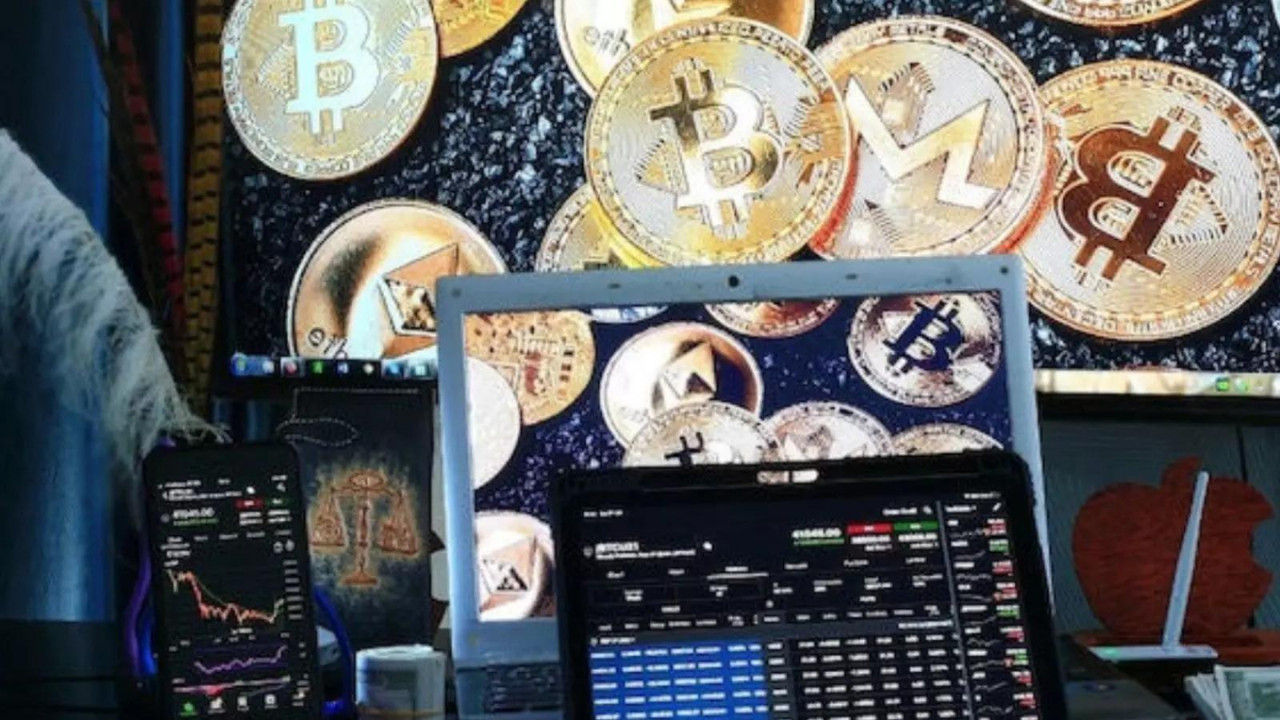Cryptocurrency thefts have surged to $2.17 billion in the first half of 2025, surpassing 2024’s total, driven by a massive $1.5 billion ByBit exploit. This spike, detailed in a Chainalysis report, highlights growing vulnerabilities in digital asset platforms and the increasing sophistication of attacks. While CoinDCX recently experienced a $44.
Crypto Security Under Siege: Are Your Digital Assets Really Safe?
The world of cryptocurrency, once hailed as a bastion of decentralized finance and cutting-edge technology, is facing a growing shadow: escalating thefts. Recent reports paint a concerning picture, with projections suggesting that crypto thefts in 2025 will soar past a staggering $2.17 billion. This isn’t just abstract financial data; it represents real money, real people, and the erosion of trust in the digital asset ecosystem.
The news is filled with stories of daring hacks, sophisticated phishing schemes, and vulnerabilities exploited across various platforms. While the promise of blockchain technology lies in its inherent security, the reality is that the infrastructure surrounding it – exchanges, wallets, and individual user practices – is often the weakest link.
One recent incident that sent ripples through the Indian crypto community was the breach at CoinDCX. While details are still emerging, this incident underscores the vulnerability of even established exchanges to determined cyberattacks. It also highlights the challenges faced by users in safeguarding their investments in a rapidly evolving landscape. This breach follows in the wake of other substantial thefts globally, contributing to the overall surge in crypto crime.

The report explicitly calls out the Bybit mega-heist as a major driver of the projected increase. This single incident, involving a substantial sum, demonstrates the scale and sophistication of the threats that crypto exchanges and their users face. It’s a stark reminder that the security measures implemented by even the largest players in the crypto space aren’t always enough.
Why is Crypto Security So Challenging?
The decentralized and largely unregulated nature of the crypto market presents unique challenges. Unlike traditional financial institutions, crypto exchanges often operate with limited oversight, making them attractive targets for malicious actors.
Furthermore, the irreversibility of blockchain transactions adds another layer of complexity. Once funds are stolen, tracing and recovering them is incredibly difficult, if not impossible. This creates a high-reward, low-risk environment for cybercriminals.
The rise of sophisticated hacking techniques, including advanced phishing campaigns and exploits targeting vulnerabilities in smart contracts and blockchain protocols, further exacerbates the problem. As the crypto ecosystem matures, so too do the methods employed by those seeking to exploit its weaknesses.
What Can Be Done to Enhance Crypto Security?
The responsibility for enhancing crypto security rests on multiple shoulders: exchanges, developers, regulators, and, most importantly, individual users.
* Exchanges: Stricter security protocols, robust auditing processes, and proactive vulnerability assessments are essential. Multi-factor authentication, cold storage for the majority of assets, and insurance policies to cover potential losses are crucial steps.
* Developers: Secure coding practices, thorough testing of smart contracts, and ongoing monitoring for vulnerabilities are paramount. Bug bounty programs can incentivize ethical hackers to identify and report potential weaknesses.
* Regulators: Clear and consistent regulatory frameworks are needed to provide oversight and accountability within the crypto market. This includes implementing anti-money laundering (AML) and know-your-customer (KYC) regulations to prevent illicit activities.
* Users: Individual users play a critical role in protecting their own assets. This includes using strong passwords, enabling two-factor authentication, being wary of phishing scams, and storing cryptocurrency in secure wallets (preferably hardware wallets). Education and awareness are key to empowering users to make informed decisions and avoid falling victim to cybercrime. We have educational articles about cryptocurrency wallets that would be beneficial.
The projected surge in crypto thefts underscores the urgent need for a collective effort to enhance security across the ecosystem. It’s a wake-up call for all stakeholders to prioritize security and work together to create a safer and more trustworthy environment for digital assets. The future of cryptocurrency depends on it.







